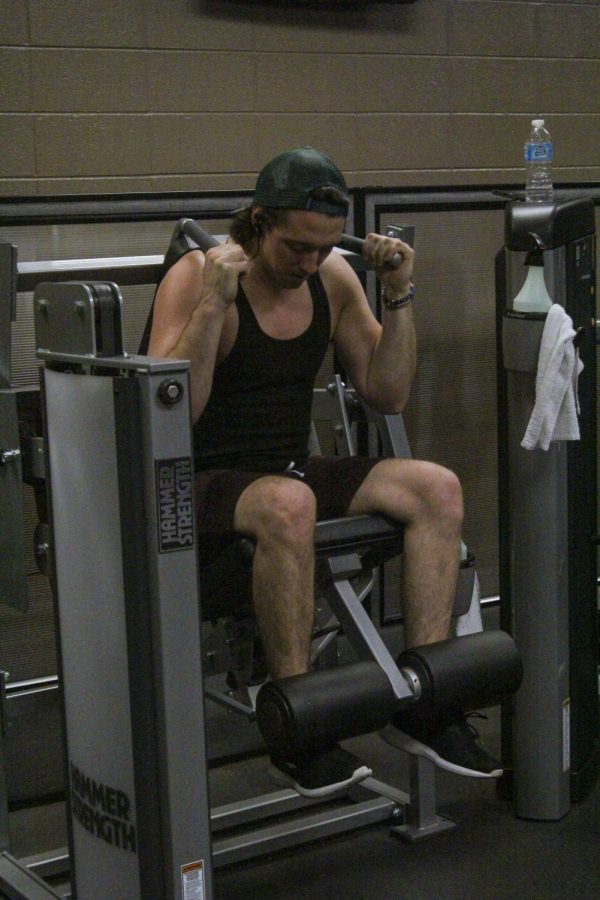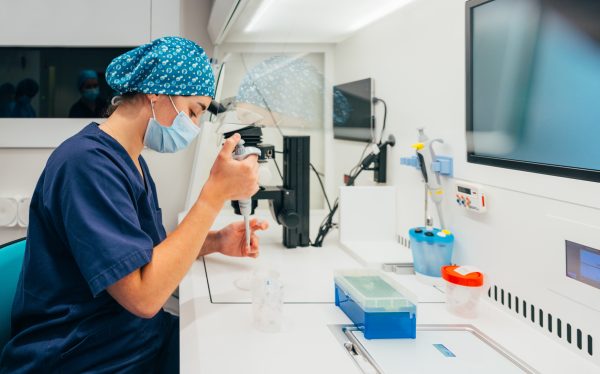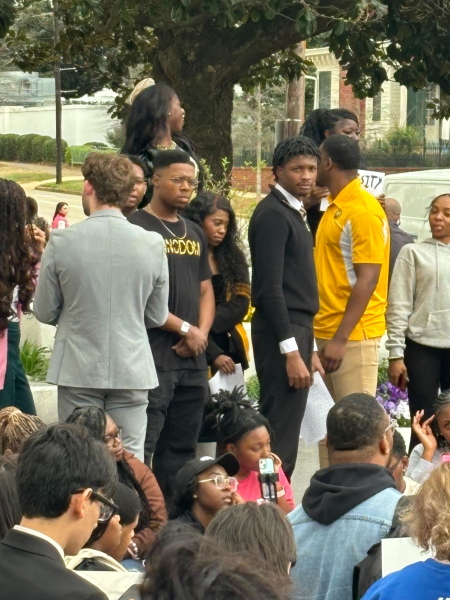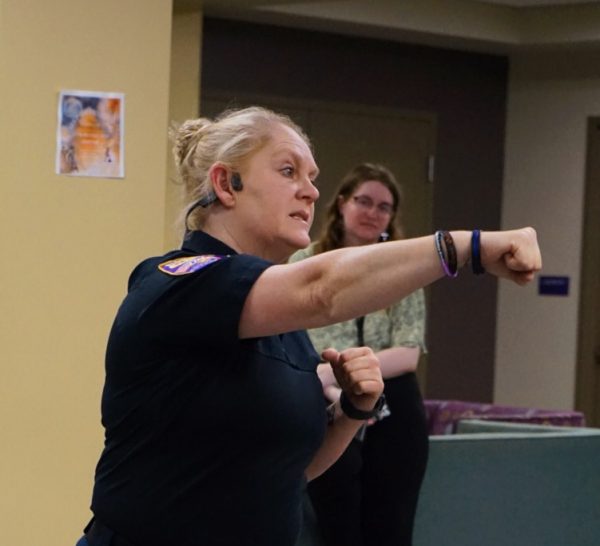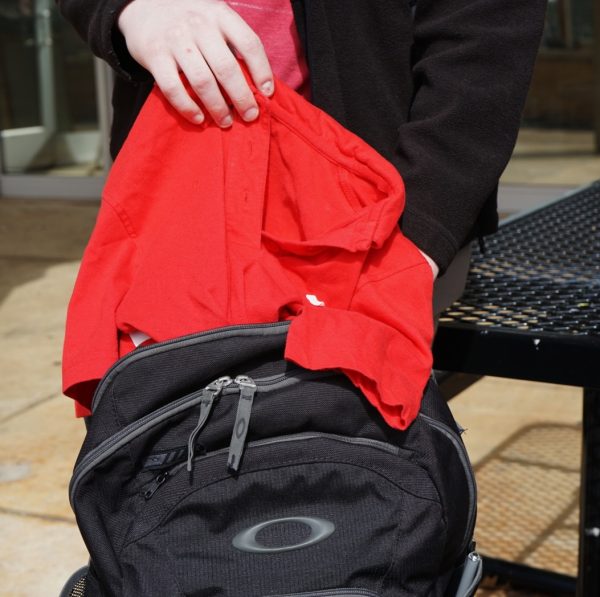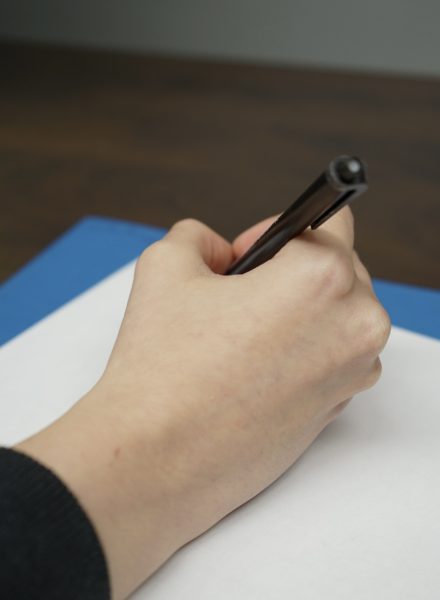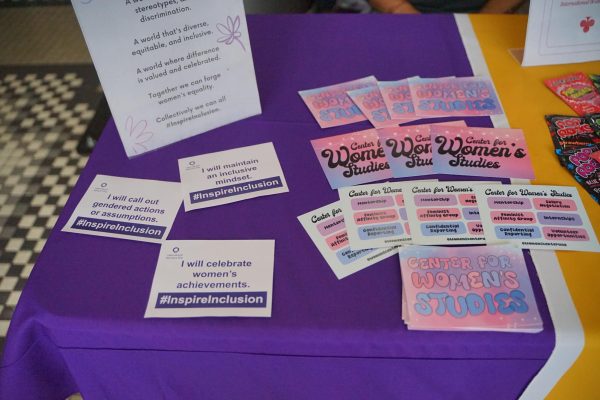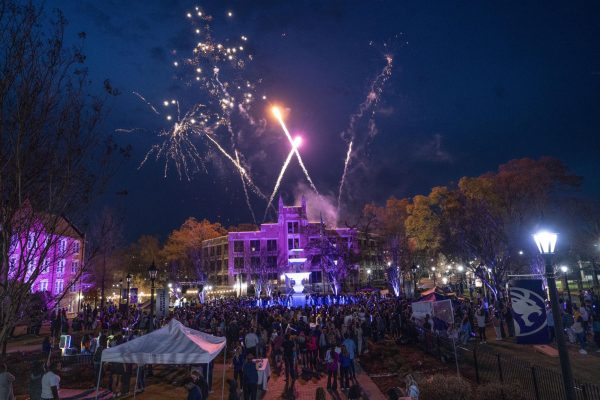SRC racks up thousands in debt
April 28, 2016
Two-thirds of the Recreation Center fee students pay each semester goes toward paying the university’s debt on a government bond for the Student Recreation Center and the parking deck.
Since fiscal year 2012, the center has spent thousands more than it earned, leaving it in $150,000 of debt after fiscal year 2015, according to financial reports from the SRC.
The Student Government Association voted to create this fee more than 16 years ago to provide a recreation center, said Vice President for Business and Financial Affairs Clinton Carter.
“You can’t take (a) student proposed fee lightly,” Carter said. “That fee will last for a long time unless we pay off (the debt), refinance it or pay off another way.”
The SRC is an auxiliary facility, meaning it receives no additional funding from the university or the state besides a $10 per-credit-hour student fee, Carter said in an email.
The $10 per-credit-hour fee is broken into two parts: $1 goes to fund club sports, and the other $9 funds the operation of the facility and repayment of the bond, said Director of the Student Recreation Center James Eubanks.
The university purchased the bond in 1999, according to a resolution from the board of trustees.
Eubanks said he calculated the SRC’s personnel cost and compared it to the funds from the fee. The personnel cost absorbed 94 percent of the funds, he said. That left 6 percent of the fee to cover programming, utilities and other expenses, he said.
This means all professional and student employee salary and operation costs come from this fee, Eubanks said.
This funding structure worked until enrollment began dropping around 2010 Eubanks said.
Financial reports indicate a drop in revenue due to a decrease in enrollment and exchanging Subway for World of Wings on the first floor. This replacement caused more than a $9,000 drop in revenue.
As enrollment dropped from 2010 to 2015, so did the amount the SRC received from the fee. Since the fee is based on the number of credit hours students take, the enrollment decrease caused a $94,000 drop in funds, according to financial reports.
Last year, the SRC paid more than $730,000 toward the debt on the bond, according to a budget report.
The number of total clients and number of check-ins for the 2015-16 school year is up, he said. SRC reports indicate 257 more clients visited the center this year. The report also shows there were more than 3,000 total
check-ins.
Eubanks said the center needs to replace many of the machines and equipment but there is no extra money to do so at this time.
The Student Government Association often hears complaints about the equipment as well, said SGA President Sarah Green.
“The biggest complaints we hear are the outdated machines, size of the Rec Center and WoW being in the SRC,” she said.
Eubanks said the center needs to replace many of the machines and equipment but there is no extra money to do so at this time.
“The average life of a treadmill is about three years,” he said. “We have some in there that are 8 years old.”
At one point, six of the 10 treadmills were out of order, said Assistant Director of Recreational Sports Glenda Richey.
Looking forward, Eubanks said he does not know the solution to dissolving the debt. He said he has met with university officials about this issue, but they have not created a solution yet.
The SRC staff has worked to reduce their operating cost to cushion the blow of these lost funds, Eubanks said.
“(If you look at the report) our expenses are going down, so we’re doing our part,” Eubanks said. “In three years, we’ve dropped about $80,000 in our expenses. We made some changes to how we use (our staff). Then, we haven’t done anything other than that because we can’t.”


